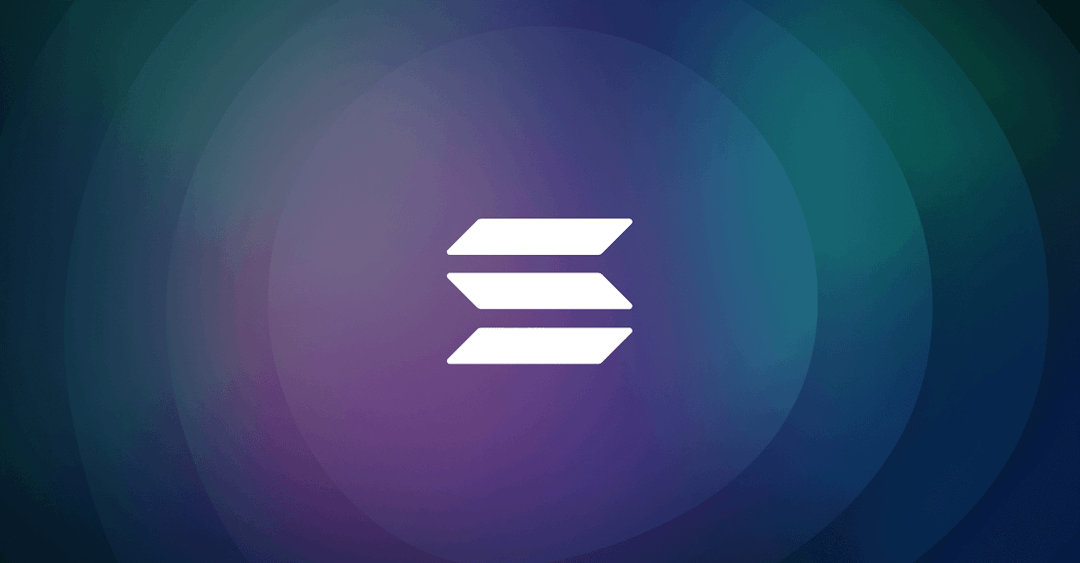Watch the Solana network in action with a CPU-only test of its capabilities.

The Solana team recently undertook an internal scalability test to confirm the limits of the Solana blockchain network’s performance capabilities. The test was executed across 200 distributed nodes over 23 regions throughout world, with the nodes online ranging across five continents
While GPU-based testnets of the Solana Network have exhibited peak speeds upwards of 100,000 transactions per second, this internal scalability test utilized retail-level CPU units only to establish the lower baseline of throughput while accommodating for maximum accessibility in the validator population.
The internal scalability test analyzed a number of vectors required to achieve scalability, including transactions per second (both mean and maximum), total transactions and votes, and confirmation times (mean, median, minimum, and maximum).
The results of the test help present a more complete picture of the Solana network’s minimum capacities as we head further towards Mainnet launch. As the Solana infrastructure pipelines transactions through CPU and GPU phases and this particular test solely utilized CPU, the statistics below are considered a lower baseline representation of Solana’s throughput capacity. We expect a fully operative and functional iteration of the Solana Mainnet to exhibit far more robust results.
Below are the results of the Solana internal scalability test:
Mean transactions per second: 29,171
Maximum transactions per second: 44,838
Maximum transactions per second peak: 47,370
Total transactions: 3,266,989
Total votes: 36,720
Mean confirmation time: 2.34 seconds
Median confirmation time: 2.34 seconds
Minimum confirmation time: 1.26 seconds
Maximum confirmation time: 3.37 seconds
Confirmation average: 2.575 seconds
The test indicates that, with a maximum TPS of 47,370, the Solana Network is operating very close to the forecasted Mainnet launch transaction capacity of 50,000 transactions per second even without GPU-based processing. Block confirmation times maintained an average of 2.34 seconds, while dropping to just 1.26 seconds at minimum. The test completed approximately 3.26 million transactions over the course of the test’s duration, with a final mean transactions per second of 29,171.
These figures indicate a highly successful test run for the Solana network as Mainnet launch comes quickly into view. However, perhaps even more exciting to the team and the Solana community-at-large is witnessing many of the platform’s key innovations working seamlessly together in achieving the technical specifications required for success.
For example: The test dashboard clearly indicates node leadership (in green) changing frequently and asynchronously, with Validators (in black) following. This unique mechanism is made possible by Proof of History (POH), Solana’s permissionless source of time that makes the network possible, and unlocks essential functionality in regards to block time (800ms), block propagation (log200(n)), throughput (50-80K TPS), and ledger storage through interactions with core Solana innovations.
Proof of History makes the Tower BFT consensus algorithm possible, which in turn facilitates block optimization via Turbine, and mempool management through Gulf Stream. Transactional throughput is then further streamlined via the Pipelined Transaction Processing Unit, while data storage is maximized with Cloudbreak.
The result of all of Solana’s interconnected innovations is what the scalability test indicates — the world’s first web scale blockchain. For a deeper understanding of how all of these innovations work together, head to the Solana blog to read ‘8 Innovations that Make Solana the World’s First Web Scale Blockchain’
Solana’s software philosophy has always been to get out of the way and let the hardware operate at capacity, and the internal scalability test shows this philosophy in action. As such, Solana scales naturally with bandwidth, SSDs, and GPU cores. It is the only blockchain that does, and is how Solana achieves 50,000 TPS on a network of 200 physically distinct nodes around the world.
The next phase of testing in the leadup to Mainnet launch is Tour de SOL, a public beta that incentivizes validators to run nodes — analogous to Cosmos’ Game of Stakes — in challenging the public at large to test the limits of the Solana network while earning tokens for doing so.
There are 8 key innovations that make the Solana network possible:






